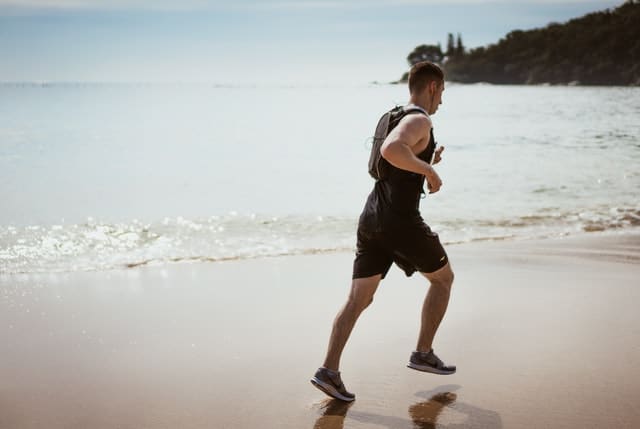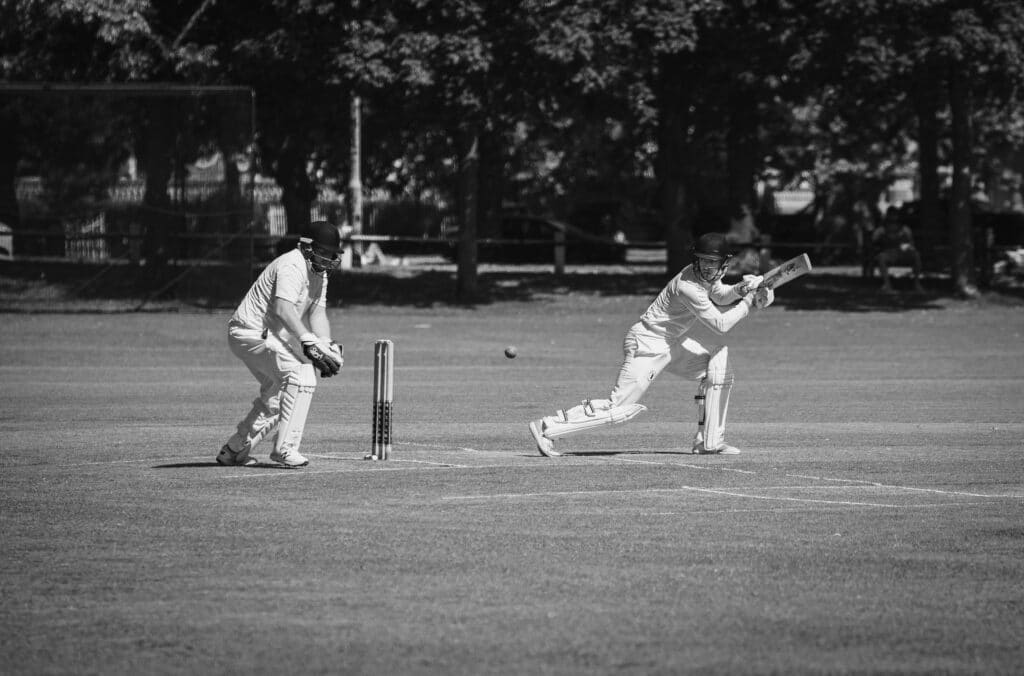How can I improve my running technique?
What we’ll cover
How can I improve my running technique?
Whether you’re just starting out, or have completed numerous marathons, the principals of running technique and strength are the same. When we run, our bodies absorb and transmit large amounts of force. Optimal technique allows allows us run efficiently ensuring that we’re able to run faster and further. In addition, if we have reduced strength and/or poor technique, the likelihood of running related injuries dramatically increases. Physiotherapist Veronica Goldring provides some simple cues and exercises to improve your running technique.
Why is running technique important?
Whilst there is no “correct” or “wrong” way to run, technique and biomechanics can affect how much load and force is transmitted and transferred through your body’s tissues. When we run, high amounts of force are absorbed by our lower limb muscles, tendons, ligaments and joints. In fact, studies have shown that up to 8 x our body weight is transmitted through our calf muscles. Combined with the repetition of running, overloading these tissues can lead to common injuries including achilles tendonitis, plantar fasciitis and runner’s knee.
Combining sufficient strength and power with optimal technique can greatly reduce the likelihood of running related injuries.
What is the best running technique?
The best running technique gets our body’s in the best position to not only absorb force but also propel our body in a forward motion.
The ideal running technique positions our head over shoulders, shoulders over hips, hips over the middle of the foot on landing and our arms swinging directly ahead.
A good way to get closer to the ideal technique is to think about one or two simple cues. A starting point is to avoid overstriding and ensuring there’s a gap between your knees.
Overstriding
Overstriding places more strain on your hips, knees and ankles as your body weight is further away from your joints. Common signs that you are overstriding include excessive bobbing up and down of your head position, your foot landing really far out in front of your body or loud footsteps as your foot thuds into the ground.
Research shows that having your foot closer to your body can decrease the body weight forces going through your joints by 40%. Try to ensure your knee is over your toes when you land and making sure the number of steps you take per minute is not less than 180.
Gap between the knees
Having your knees in close contact when running increase the risk of causing stress to the hip, knee, iliotibial band and shin. This style increases the angle between your hip and knee, placing more forces on your bones, muscles and tendons around the outside of the hip and knee. To reduce risk of injury at these joints, try to run with your feet hip-width apart.
If you struggle to keep a gap between your knees, it commonly indicates a strength deficit around the hip and gluteal region.
How can I improve my running technique?
In addition to thinking about our running technique, improving strength and power is one of the best ways improve technique and increase our body’s ability to absorb running forces. It is recommended to complete resistance and strength training 2 – 3 x per week to compliment your running program. Importantly, these sessions do not need to be long or excessive. However, the should always include an element of heavy slow resistance for strength and plyometrics for power.
Heavy Slow Resistance (HSR)
Strength is the ability for muscles to produce a large amount of force. HSR is a type of strength training that involves heavy weights at low reps (<8). This type of training has been shown to increase maximal strength, speed and maximal oxygen consumption. The evidence illustrates that tendon stiffness significantly increases with strength training with HSR. It also increases muscle strength without resulting in significant bulking, which some runners aim to avoid.
Additionally, because HSR is completed at lower volumes, it reduces muscle and neural fatigue compared to light weight, high repetition exercises. Hence, it does not impede on subsequent running sessions.
Examples of exercises are squats, deadlifts, lunges and hip thrusts.
Plyometrics
Plyometric exercises involve the muscles stretching, followed by a quick contraction.
These exercises involve absorption of energy from the ground before rebounding quickly. They are helpful for building speed and power. Like HSR, plyometrics increase tendon stiffness. Tendons are like elastic bands. As they become stiffer, they store and release energy at rapid rates. If they are compliant, then they release energy slowly and the muscles have to contract harder to compensate. Plyometrics help establish this energy storage and release capacity, improving running efficiency.
Examples of plyometrics include hopping, jumping and skipping.
Our team at Malvern East Physiotherapist are not only experienced in running related injuries but are keen runners themselves. They understand the challenges of running and will develop a tailored program specifically for you and your running goals. Book online or call our team today.


